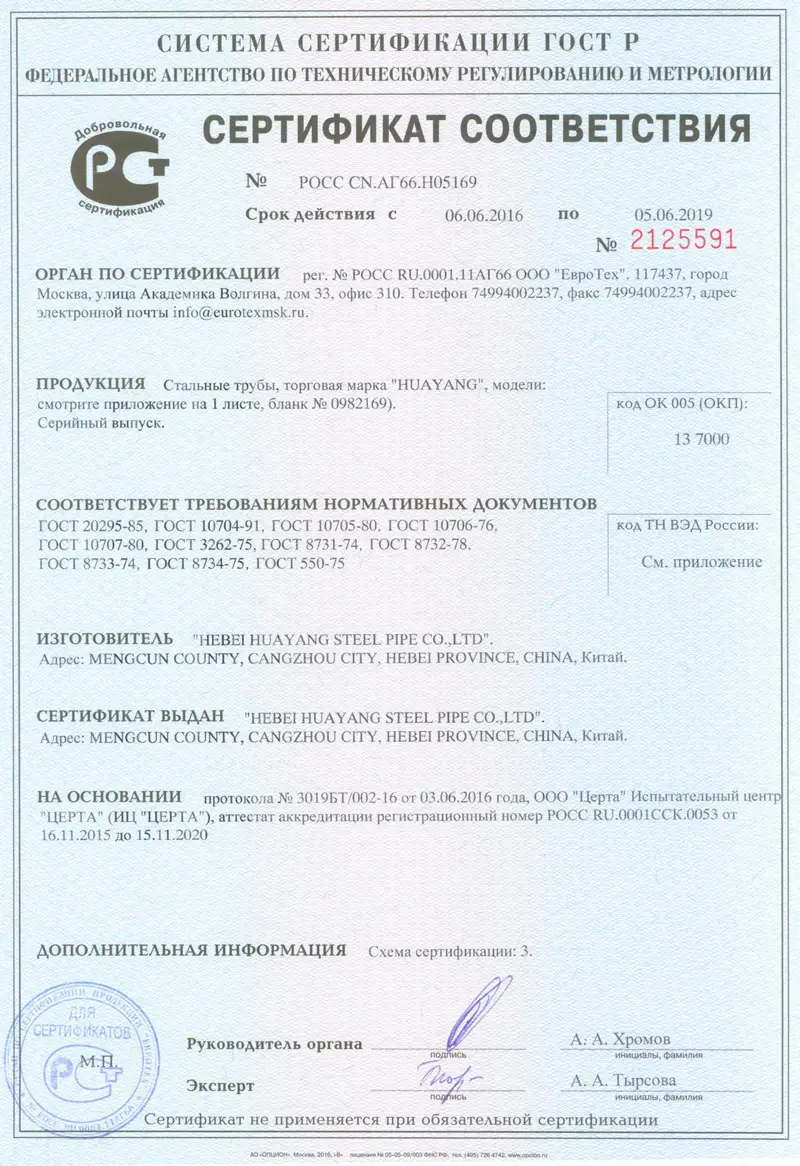
dets. . 23, 2024 15:41 Back to list
HPMC Hydroxypropyl Methyl Cellulose Production and Manufacturing Processes Explained
The Importance of HPMC A Comprehensive Look at Hydroxypropyl Methyl Cellulose Manufacturing
Hydroxypropyl Methyl Cellulose (HPMC) is a versatile cellulose ether that plays a crucial role in various industries, including pharmaceuticals, food, cosmetics, and construction. Its unique properties make it an essential ingredient in products ranging from thickening agents to film-forming agents. Understanding the manufacturing process of HPMC not only highlights the significance of this compound but also sheds light on the advancements within the chemical industry.
What is HPMC?
HPMC is a derivative of cellulose, a natural polymer derived from the cell walls of plants. By modifying cellulose with hydroxypropyl and methyl groups, HPMC exhibits properties such as solubility in water, thermal stability, and excellent film-forming capabilities. These attributes make HPMC invaluable in applications that require binding, thickening, and stabilization.
The Manufacturing Process of HPMC
The production of HPMC involves several key steps, which ensure the purity and quality of the final product. Here’s a closer look at the manufacturing process
1. Cellulose Sourcing The first step in producing HPMC is sourcing high-quality cellulose, typically derived from wood pulp or cotton. The purity of the cellulose is critical, as impurities can affect the properties of the final product.
2. Pre-Treatment The cellulose is then subjected to a pre-treatment process that prepares it for chemical modification. This may involve drying and milling to achieve the desired particle size.
3. Etherification This is the core step in the HPMC manufacturing process. The pre-treated cellulose is reacted with propylene oxide and methyl chloride in an alkaline medium. This reaction replaces hydroxyl groups in the cellulose structure, resulting in the formation of HPMC.
4. Neutralization and Purification Once the etherification process is complete, the product undergoes neutralization to eliminate any residual alkaline substances. It is then purified to remove any unreacted chemicals.
5. Drying and Milling The purified HPMC is dried to a specific moisture content and then milled to achieve a consistent particle size. This step is crucial for ensuring that the HPMC can be easily incorporated into various formulations.
hpmc-hydroxypropyl methyl cellulose factory

6. Quality Control Rigorous testing is conducted throughout the manufacturing process to ensure that the HPMC meets the required specifications, including viscosity, solubility, and pH levels. Quality control helps guarantee that the final product is safe and effective for consumer use.
Applications of HPMC
The unique properties of HPMC make it suitable for a wide range of applications
- Pharmaceuticals In the pharmaceutical industry, HPMC is used as a binder in tablets, a thickening agent in suspensions, and a film-forming agent in coatings. Its ability to form viscous solutions enhances drug bioavailability.
- Food Industry HPMC serves as a food additive for thickening sauces, dressings, and dairy products. It improves texture and stability, making it an essential ingredient in processed foods.
- Cosmetics The cosmetic industry utilizes HPMC for its thickening and emulsifying properties. It is commonly found in lotions, creams, and hair products, providing a silky texture.
- Construction In construction, HPMC acts as a water-retaining agent in cement and mortar, improving workability and ensuring the longevity of structures.
The Future of HPMC Manufacturing
As industries continue to evolve, the demand for high-quality HPMC is expected to grow. Innovations in manufacturing processes and raw material sourcing will likely enhance production efficiency and sustainability. The emphasis on eco-friendly practices will drive manufacturers to explore natural sources and greener production methods.
In conclusion, the manufacturing of Hydroxypropyl Methyl Cellulose (HPMC) is a complex process that highlights the importance of cellulose derivatives in various sectors. Its unique properties and wide range of applications signify its essential role in modern formulations, making HPMC a key player in the ongoing advancement of the chemical and manufacturing industries. As demand increases, the future of HPMC manufacturing looks promising, poised for innovation and sustainability.
-
Versatile Hpmc Uses in Different Industries
NewsJun.19,2025
-
Redispersible Powder's Role in Enhancing Durability of Construction Products
NewsJun.19,2025
-
Hydroxyethyl Cellulose Applications Driving Green Industrial Processes
NewsJun.19,2025
-
Exploring Different Redispersible Polymer Powder
NewsJun.19,2025
-
Choosing the Right Mortar Bonding Agent
NewsJun.19,2025
-
Applications and Significance of China Hpmc in Modern Industries
NewsJun.19,2025







